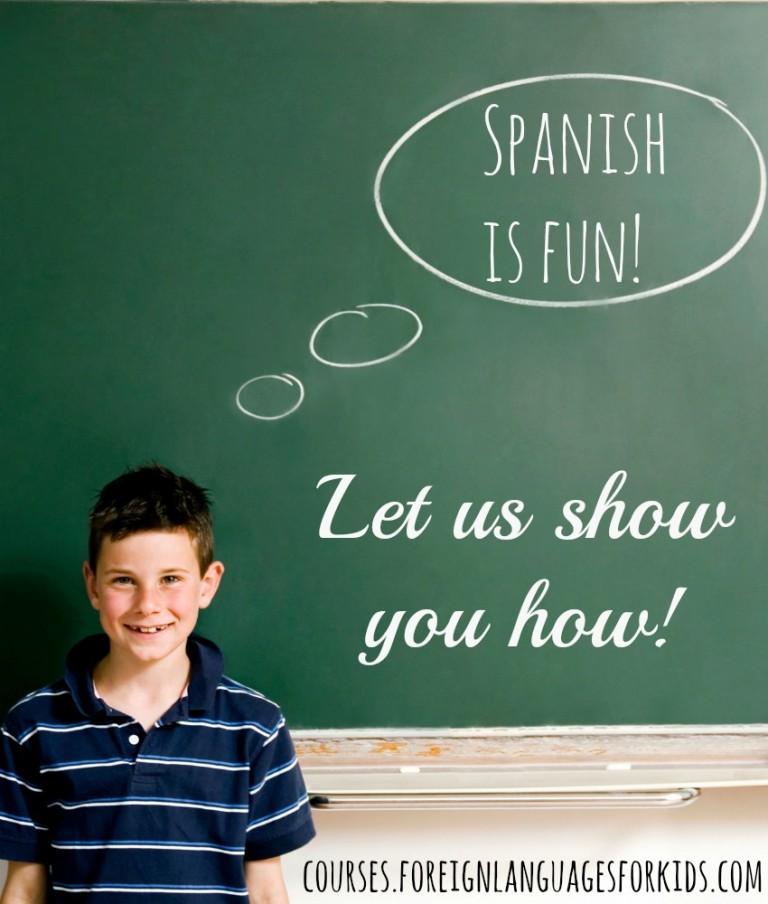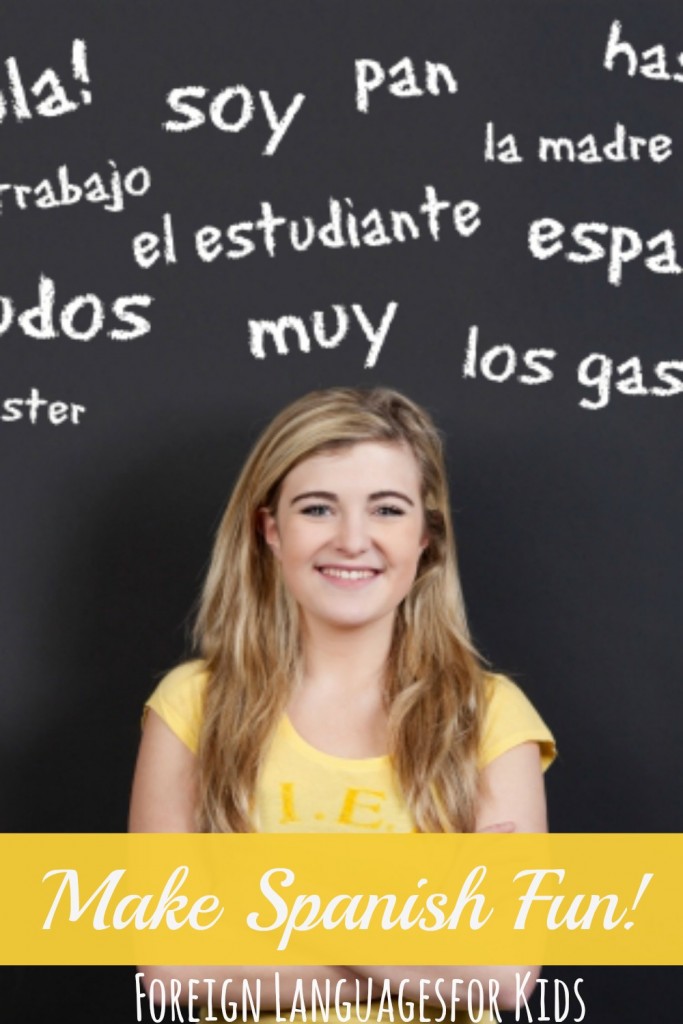
*Read through to the end for a Christmas cash giveaway!*
Christmas is upon us and with it comes some of our favorite Christmas traditions. Santa Claus, Christmas trees, evergreen wreaths, mistletoe and more. But, have you ever wondered how others around the world celebrate Christmas? I have! And was surprised at what I learned about celebrating Christmas around the world.
Celebrating Christmas in Mexico
Want to celebrate Christmas in Mexico? You’ll be surprised to learn that in Mexico Christmas is not just a single day, Instead, it is a whole season of Christmas-related celebrations which stretches from December 16th through February 2nd. In Mexico, gifts are exchanged on January 6th (In celebration of the gifts the three kings gave to Jesus in the manger). However, gift giving in Mexico is not as important as time spent with family and religious celebrations.
Christmas carols in Mexico are known as villancicos and is also a common tradition. Some of the more famous ones like Noche de Paz (Silent Night) and Feliz Navidad are also known here in America.
Celebrating Christmas in Spain
Celebrating Christmas in Spain involves going to Midnight Mass or ‘La Misa Del Gallo’ (The Mass of the Rooster). The celebration got its name because a rooster is supposedly crowed the night that Jesus was born.
Most families eat their main Christmas meal on Christmas Eve before the service. What’s on the menu? Typically it is seafood like shellfish and mollusks, or lobster and small edible crabs.
Another festival similar to our Christmas is Epiphany and is celebrated on January 6th. This is in celebration of when the Kings or Wise men brought gifts to baby Jesus. Children have some presents on Christmas Day, but most are opened during Epiphany.
Celebrating Christmas in Germany
A big part of celebrating Christmas in Germany is Advent. Several different types of Advent calendars are used in German homes, there are the traditional ones made of cards and there are more untraditional (at least for the US) ones. One such advent calendar consists of a wreath of Fir tree branches with 24 decorated boxes or bags hanging from it. Each box or bag has a little present in it.
Christmas trees are also an important part of Christmas celebrations in Germany. Traditionally the Christmas tree is brought into the home on Christmas eve and decorated in secret by the mother of the family. In Germany families typically exchange presents with their families on Christmas eve.
Celebrating Christmas in France
In most areas of France, Christmas celebrations start with St Nicholas day on the 6th of December. On this day children get sweets and little gifts. On Christmas eve children polish their shoes and put them in front of the chimney hoping that ‘Père Noël’ (Father Christmas) will fill the shoes with gifts. On December 25th families get together for a feast and exchange gifts.
Celebrating Christmas in Italy
Celebrating Christmas in Italy involves a ‘presepe’, or nativity being put up in churches, town squares and often in family homes as an important part of Christmas decorations. In Italy, ‘Babbo Natale’, or Father Christmas, hands out presents on Christmas day to children. Families typically exchange gifts on the day of Epiphany, January 6th. Merry Christmas is ‘Buon Natale’ in Italy.
Celebrating Christmas in Australia
Celebrating Christmas in Australia may mean a trip to the beach! Because Australia is in the southern hemisphere it is summertime during Christmas season. This means many families enjoy Christmas picnics and caroling organized by churches on the beach.
Celebrating Christmas in Iceland
Celebrating Christmas in Iceland involves children putting their shoes on the windowsill in hopes that ‘Juletide Lads’, the Santa Claus, will it with goodies and gifts. Celebrations start on Christmas eve with families getting together to enjoy good foods and midnight mass.
Many countries celebrate Christmas similar to the way we do in the U.S. some involve similar characters, traditions, and songs, and some are quite different. The common theme I noticed while studying Christmas around the world is family. No matter what food is served, how you say Merry Christmas, or when the exchange of presents takes place family is present.
So, hug those you love close this holiday season and know that no matter where others are celebrating Christmas they will most likely be doing the same thing.
It’s hard to believe that the Christmas season is here once again!
And with it comes the season of giving! It is such a blessing to give to others and I, along with 25 other bloggers, can’t wait to bless one of you with $500 Paypal cash with the Christmas Blessings Giveaway!

Whether you decide to use this money for fulfilling your kids’ Christmas lists, paying off a bill, or just saving for a rainy day, we hope to lessen the financial burden and/or brighten the day of one of our readers with $500 Paypal cash to use for whatever their family needs.You can earn a lot of entries in the Rafflecopter form below.I know it can seem tedious and time-consuming to go through all the entries, but isn’t a chance at $500 worth it?
I think it is! Plus, if all of these generous bloggers didn’t participate, we wouldn’t have been able to have such a big prize! So I hope you will take the time to go through each entry.Who knows, maybe you will find some new blogs to follow.
The giveaway will run from Thursday, December 1st through Saturday, December 10th (ends at 11:59pm EST).
The winner will be notified by email shortly after the giveaway ends and will have 48 hours to respond to claim the prize or another winner will be drawn.










